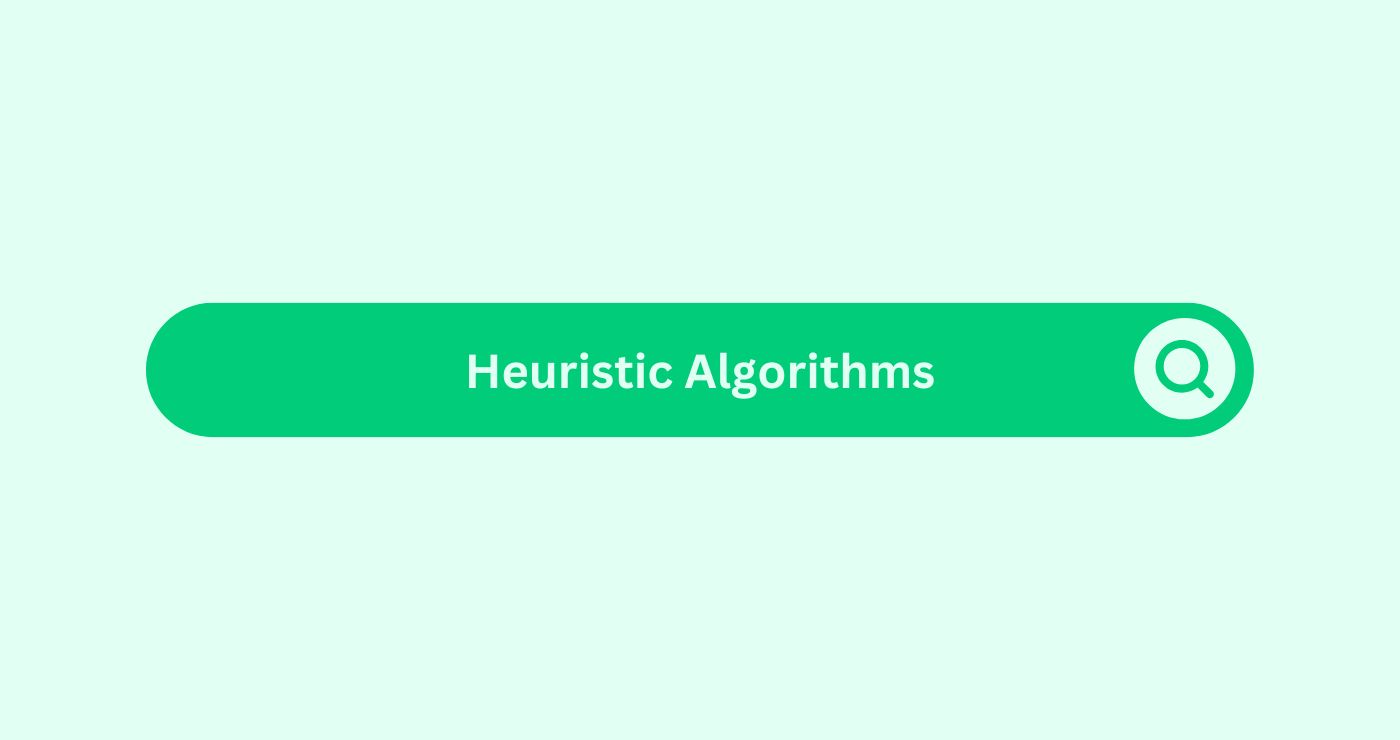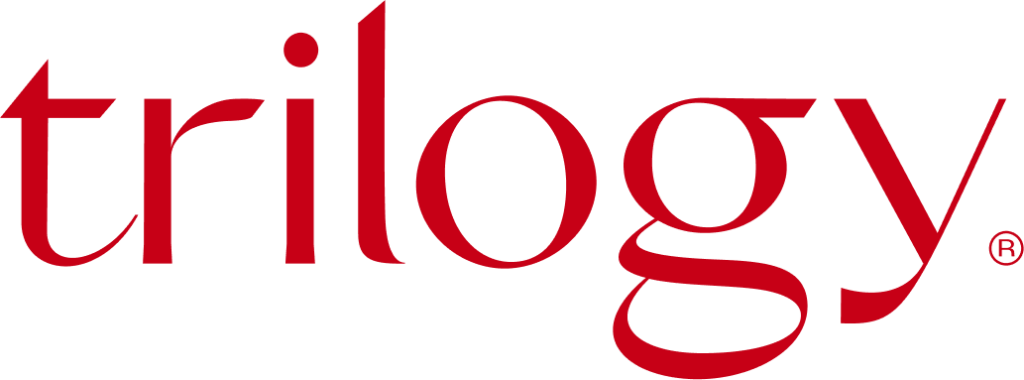Definition
Heuristic algorithms in content marketingDefinition Content marketing strategically creates and share... work like practical shortcuts—think of them as quick decision tools that don’t need to check every single option. Instead of digging through mountains of data, these algorithms use rules based on what’s worked before.
For example, they might look at keyword importance, how deep a page sits in a website, or whether the text is easy to read. This helps deliver fast, targeted advice for SEO and content tweaks.
Take a digital marketing agency in Auckland. Heuristic models there help pick meta tagsDefinition Meta tags are crucial in social media marketing t... by blending what’s trending seasonally with how often key phrasesDefinition In the SEO space, "key phrases" refer to specific... pop up. In a performance marketing setting, similar rules help shift budgetDefinition SEO budget is the money allocated for marketing a... between ad versions, based on what’s getting clicks early on. An SEO business might run crawlersDefinition Crawlers, or spiders, are search engine tools tha... that flag weak pages, checking stuff like link numbers, how fast the page loads, or if headersDefinition What are headers in e-mail marketing? Headers in ... make sense. These tools are all about speed—making smart, data-backed changes without dragging in heavy-duty AI retraining every time.
A performance marketing agency, handling loads of campaignDefinition An SEO campaign involves focused, Organised effor... pages each week, builds a tool using heuristics. Pages stacked with important keywordsDefinition Keywords are crucial for SEO success as they conn... get stronger calls to action. If the content’s thin, the tool suggests where to bulk it up. Slow pages? It’ll trigger image compressionDefinition Image compression refers to the process of reduci.... The result: page quality scores jump by a quarter, and click-through rates see an 18% bump. All these gains, and hardly any manual effort.
Meanwhile, a digital marketing crew in Auckland uses simple rules to sort blog topics—mixing up local search numbers with backlink possibilities. The upshot? Topic research time gets slashed in half, and the team focuses faster on what matters most.
Heuristics keep things moving, helping agencies act on data fast and keep content in top shape without endless delays.
Easy Calculations
| Metric | Formula | Example Values | Outcome |
|---|---|---|---|
| Page Score Improvement (%) | (After Score − Before Score) ÷ Before × 100 | (78 − 62) ÷ 62 × 100 | 25.8% Increase |
| CTR Growth (%) | (After CTR − Before CTR) ÷ Before × 100 | (4.7% − 4.0%) ÷ 4.0% × 100 | 17.5% Lift |
| Research Time Saved (%) | (Manual Time − Heuristic Time) ÷ Manual × 100 | (6 h − 3 h) ÷ 6 h × 100 | 50% Time Reduction |
| Content Coverage Score (%) | (Optimised Pages ÷ Total Pages) × 100 | (42 ÷ 60) × 100 | 70% Coverage |
| Heuristic Alert Accuracy (%) | (True Alerts ÷ Total Alerts) × 100 | (88 ÷ 100) × 100 | 88% Accuracy |
5 Key Takeaways
- Heuristic algorithms apply expert rules to optimise SEO elements like CTAs, tags, and readability instantly.
- A digital marketing agency in Auckland uses them to select high-value keywordsDefinition Keywords are crucial for SEO success as they conn... and automate page enhancements.
- Performance marketing agencies deploy heuristic scoring to refine content based on engagementDefinition Engagement in content marketing refers to the deg... metricsWhat are Metrics in the context of SEO? Metrics in SEO refer....
- An SEO company builds heuristic crawlersDefinition Crawlers, or spiders, are search engine tools tha... to flag site pages requiring structural improvements.
- These algorithms deliver fast, guided SEO action, balancing manual logic with scalable automation.
FAQs
What are Heuristic Algorithms in AI content tools?
They use expert rules and thresholds for quick optimisation decisions in SEO content.
How do SEO companies use heuristics?
They automate meta tag adjustments, header checks, and navigation improvements based on site-wide rules.
Can performance marketing agencies apply them easily?
Yes. They embed logic into content workflows to improve CTAs and page scores without full human review.
Do Auckland digital teams use heuristic logic?
Absolutely. They combine local search data with structure checks to prioritise content updates.
Are heuristic algorithms replaceable by ML?
No. They complement AI by offering explainable, fast, rule-based actions that support more complex models.




